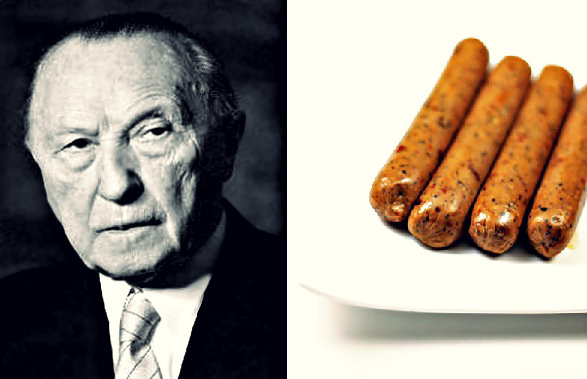World War I introduced 20th century inventions that proved so useful that they remained popular long after the war was over. Here are the stories behind the most interesting inventions:
Sun lamps
German children were falling ill because of malnutrition and rickets, a result of lack of vitamin D. Food was scarce during the war and even more so for the poor, but the reason for rickets was unknown at the time. Children’s bones were not growing correctly because their growth plates were too soft.
Because the children were so pale, Dr. Kurt Huldschinsky decided to place his patients under mercury quartz lights that released ultraviolet light. After a while, he began to notice the children’s bones were growing stronger. In May of 1919, about six months into the treatments, he had the children sit out in the sunlight for several hours during the day.

The experiment was a success and spread across Germany and Europe. In this case, the cure identified the sickness, and doctors recognized the need for the sunshine in helping the body absorb vitamin D.
Vegetarian Sausages
Food choices were limited during the war, and hunger was an everyday hardship for many Germans. Konrad Adenauer, the mayor of Cologne during the war, came up with a new type of bread made from rice flour, barley, and Romanian corn flour.
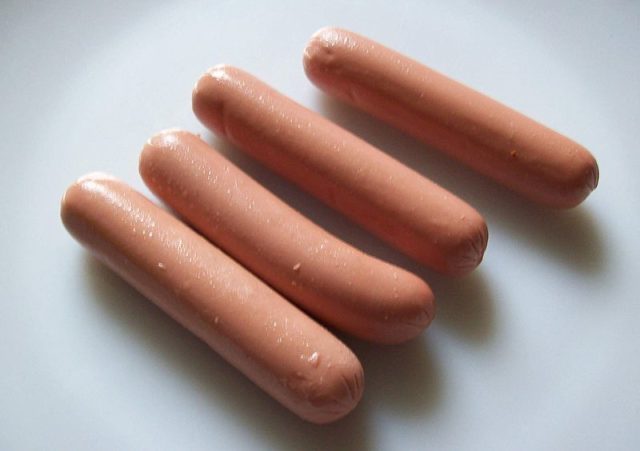
After more trials, he discovered soy could compensate for the lack of meat. The Friedenswurst was born. Germany would not issue a patent because technically it was not a sausage, but in June 1918, King George V of England granted Adenauer the patent.
Tea bags
In the early 20th century, tea came packed in heavy wooden boxes. To save on costs, American tea trader Thomas Sullivan started packing tea in small silk bags in 1908.
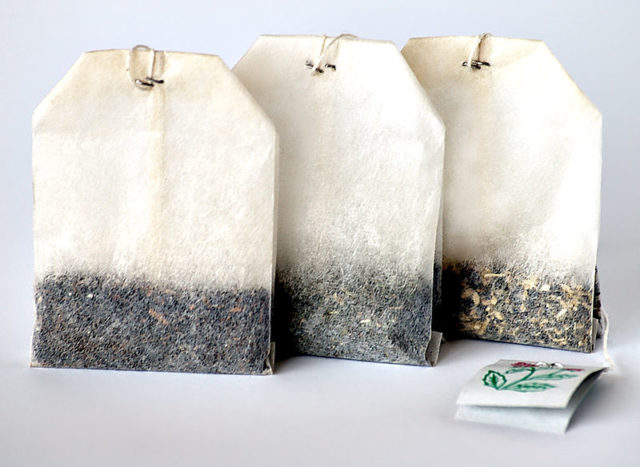
Consumers didn’t understand the packaging; they dunked the tea contained in the package into their teapots. It made tea drinking much more convenient during the war. Today tea bags are commonly made out of a paper fiber invented by William Hermanson.
Zippers
The zipper was thought of in the 1860s, but the concept was not immediately put into use for clothing. Swedish-American Gideon Sundback, head designer of the Universal Fastener Company, devised what he called a “hookless fastener.”
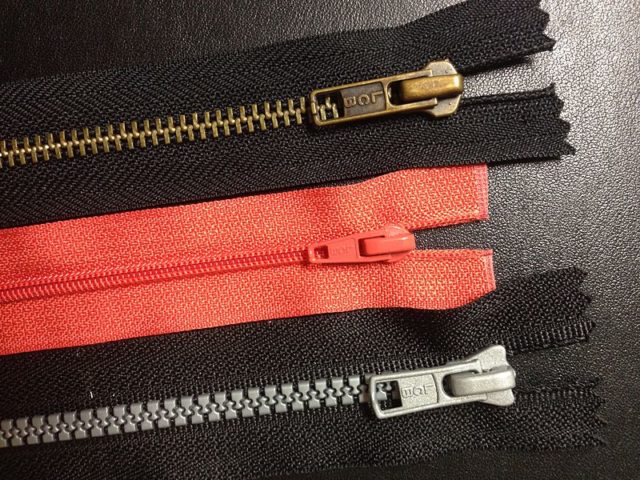
The U.S. military took notice and began adding the devices to new uniforms and boots. They proved so successful that civilian clothing designers incorporated zippers into their designs.
Stainless steel
During the war, the British military was looking for a weapons metal that could withstand the heat of repeated firing. They turned to metallurgist Harry Brearley of Sheffield for help. Brearley began experimenting by adding different elements to steel. He was having little luck, and many of his experiments ended up in the scrap pile outside.
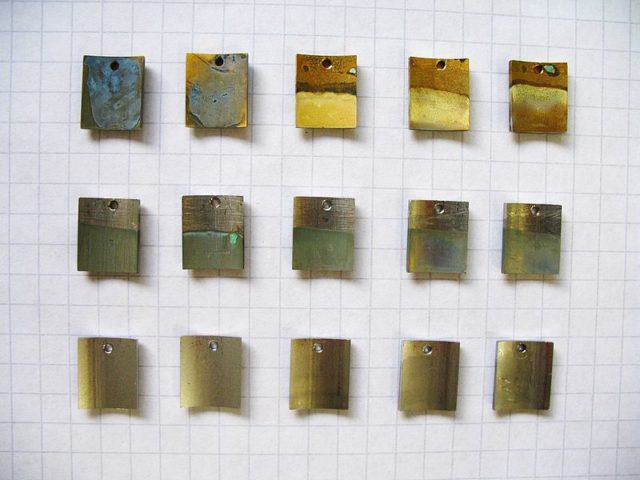
With England’s moist climate, it didn’t take long for him to notice that the metal produced by adding chromium didn’t rust as the other metals did. Brearley had invented stainless steel. In the war, it was used in airplane engines because it was much lighter than normal steel. After the war, it became a commonly used commodity for flatware, medical instruments, jewelry, and cooking utensils, to name just a few of its many uses.
Sanitary Pads
When Kimberly-Clark’s head of research, Ernst Mahler, and company vice-president James Kimberly were shown the workings of paper companies in Austria and Germany in 1914, they saw a material that was more absorbent and cheaper than cotton. The men brought this material back to the U.S. and patented it as Cellucotton. When the U.S. entered the war in 1917, the material was used in place of bandages for the men at the front. As the nurses became familiar with using the Cellucotton, they realized it could serve another function for them once a month.

After the war, Kimberly-Clark thought there was no more need for Cellucotton until they learned of the nurses’ use. After two years of research, the sanitary napkin was introduced in 1920 as Kotex. It took a while for women to warm up to the product, as they were embarrassed to buy it with men around. When it became permissible to drop the money into a box rather than interact with male clerks, the product became more popular. Kimberly-Clark continued experimentation with the material after the war by ironing the cellulose material; in 1924 paper handkerchiefs called Kleenex were created.
Daylight Saving Time
In 1784, Benjamin Franklin suggested Daylight Saving Time for France. He believed that too many candles were being wasted in the long summer evenings. New Zealand and Great Britain had the same idea around the turn of the 20th century, but it was never implemented.
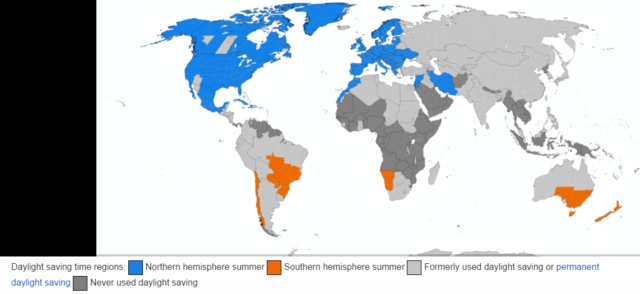
By 1915, Germany was experiencing shortages of coal and other resources. To save light and heat in autumn and spring, the government adopted daylight saving time on April 30, 1916. Great Britain implemented the new settings three weeks later, and other European nations soon followed suit. On March 19, 1918, Congress established the time zones we use today, and the country stayed on daylight saving time for the duration of the war. During the energy crunch of the early 1970s, daylight saving time was brought back, not only to save energy but also to keep children from having to walk to school in the dark. The only states that do not change to daylight saving time are Hawaii and most of Arizona.
Portable X-Rays
When World War I began, most medical machines were bulky and heavy. Marie Curie realized lives could be saved if doctors could see where bullets and shrapnel had lodged in the soldiers.
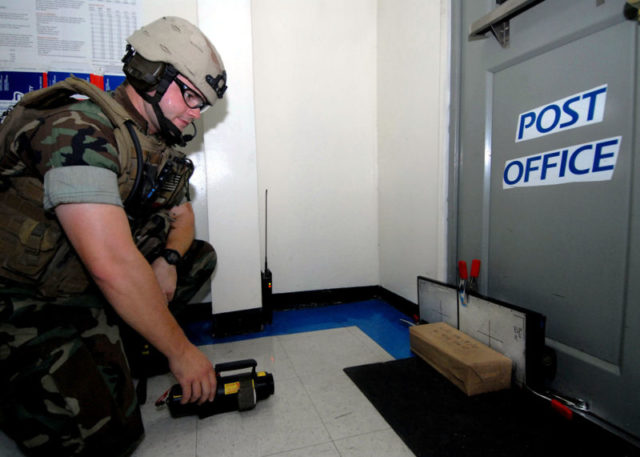
Curie raised the money to develop smaller X-ray machines and had them installed in French military vehicles. Some she personally took to the front and set up at casualty clearing stations to assist doctors in locating the wounds in the bodies of wounded soldiers.
Air to ground communications
Guglielmo Marconi invented the radio in 1894, but it took until World War I to realize the value of communications between pilots and ground crew.
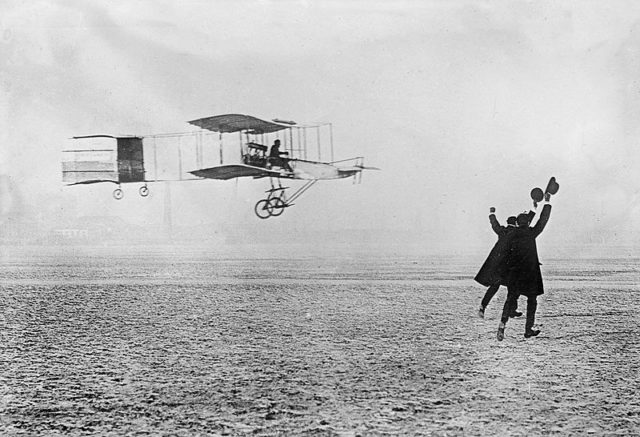
Two-way radios were installed in American planes in 1916, giving pilots the ability to transmit over 140 miles. After a few months, a new helmet was added with built-in noise-reduction headphones and a microphone. The technologies used for these devices became the basis of modern air traffic control.
Agricultural Fertilizer
A process to make ammonia out of atmospheric nitrogen was developed by Fritz Haber and Carl Bosch in Germany before the beginning of the war.
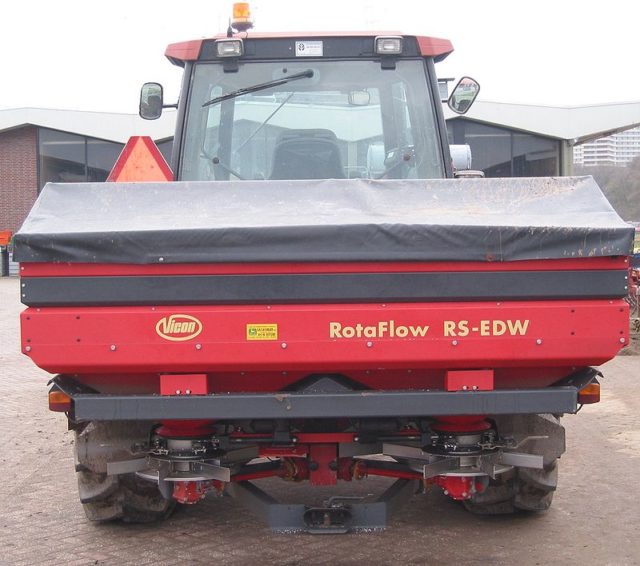
With the ability to produce ammonia and the nitrates needed to make explosives, the Germans made more and more weapons and extended the war by years.
The procedure also allowed for the production of ammonia nitrate fertilizer from nitrogen gas; the fertilizer is used in industrial farming and helps feed one-third of the Earth’s population.
